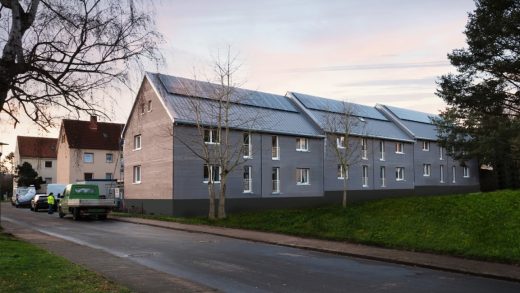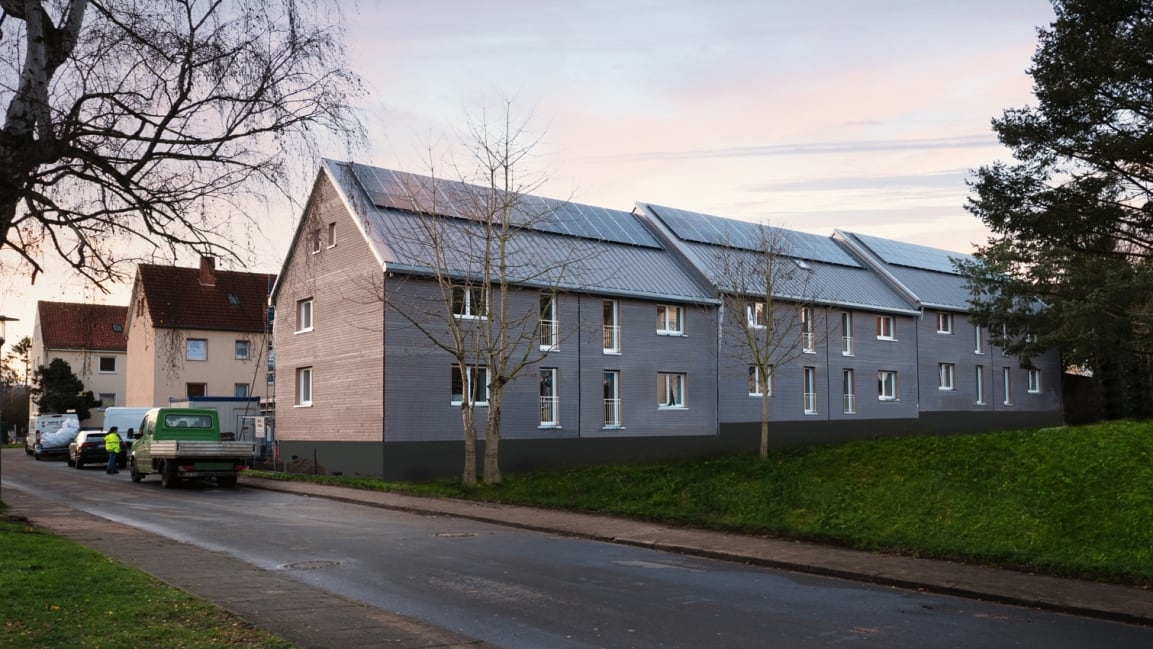This prefab ‘second skin’ makes outdated apartment buildings net zero
Inside a German factory, robots assemble panels molded to fit precisely over the walls of an old apartment building like a second skin, with built-in insulation designed to help the building dramatically cut energy use. It’s part of a system aimed at solving one of the challenges of transitioning to a net-zero world: With so many outdated, inefficient buildings, which are a major source of global climate emissions, the traditional retrofitting process is painfully slow.
By one estimate, at the current rate of renovation in Europe, it would take 500 years to fully decarbonize every existing building. (The U.S. is likely moving even slower.) To avoid the worst impacts of climate change, the world needs to reach net zero no later than 2050, meaning that the world’s existing building stock needs to be transformed in less than three decades.
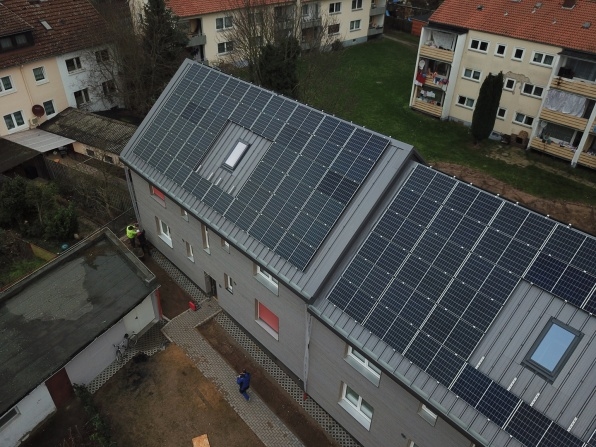
Ecoworks, the German startup behind the new system, starts by taking a 3D scan of an old building, both inside and out, creating a digital twin of the structure. “If you have a digital twin, you can actually automate planning, which, in a normal renovation, would take months and a lot of engineers and architects,” says founder Emanuel Heisenberg. The plans can be sent to its suppliers and a factory, where nearly everything is built in advance; each panel includes windows, ventilation, and channels for pipes. A modular roof has built-in solar panels. On site, construction workers can install a facade panel in as little as 20 minutes. Converting an entire building, including replacing fossil-powered heat, can happen in weeks, compared to the months or years needed in a project using traditional construction.
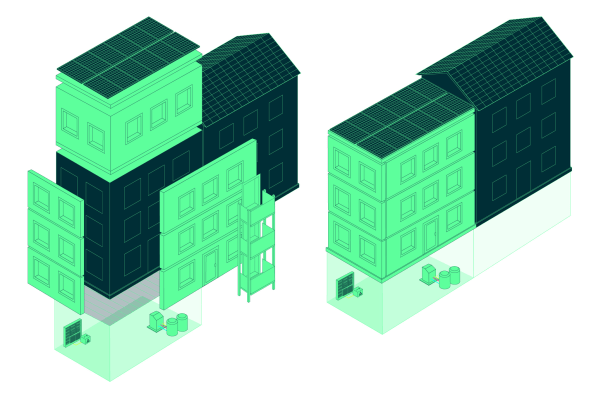
Heisenberg, a renewable energy entrepreneur, was inspired by a similar system for retrofitting buildings from the Netherlands. He shared the idea with multiple construction companies, but none wanted to change from the status quo. (The industry doesn’t embrace innovation, he says.) “At the core of the problem is the construction industry invests less than 1% in R&D,” he says. So he decided to start a company himself, developing a process that would be as automated as possible.
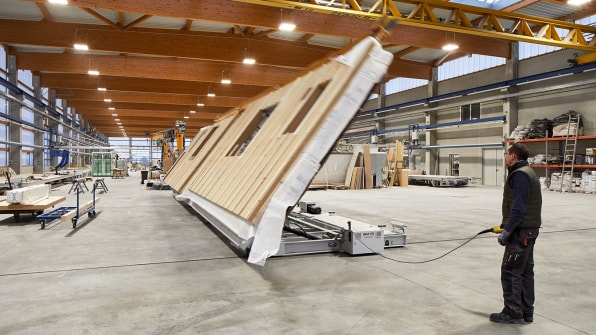
Over the last year, the startup monitored the changes in energy use at one of its first projects: a 1930s apartment complex in a small German town. Before renovation, the 12-unit building used 450 kilowatt-hours of energy per square meter, making it among the least efficient buildings in the country. Now, the building actually produces extra energy that it feeds into the grid. “After renovation, we have negative emissions,” Heisenberg says. Because the new facade is made from wood, and trees capture carbon as they grow—and because the project reuses most of the old building instead of building from scratch—the project also has a low carbon footprint from construction. Within two years, Heisenberg predicts the building will have fully offset the construction footprint, including the emissions from making the solar panels.
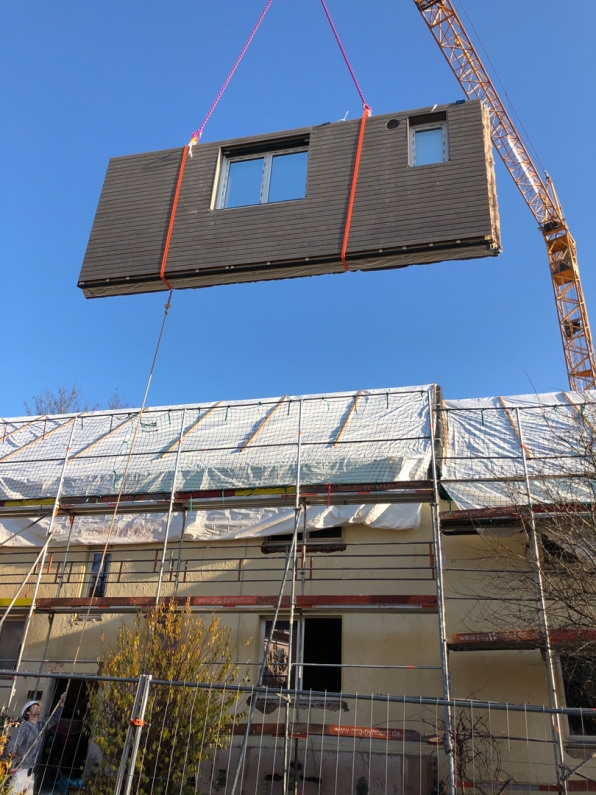
The company is now working on seven new projects that it will begin to install this summer. But it also wants to move to a much larger scale. In Germany alone, according to the Germany Energy Agency, more than 30 million apartments will need to be renovated over the next 25 years. A new EU law that may soon be passed will require the least-efficient buildings to get retrofits in the next five years. Technology isn’t the only challenge; Heisenberg is also trying to work with the government to create standardized building codes. (As in the U.S., codes vary by location.) Financing is less of a challenge since Germany offers grants for a portion of the cost of retrofitting and subsidized loans to cover the rest.
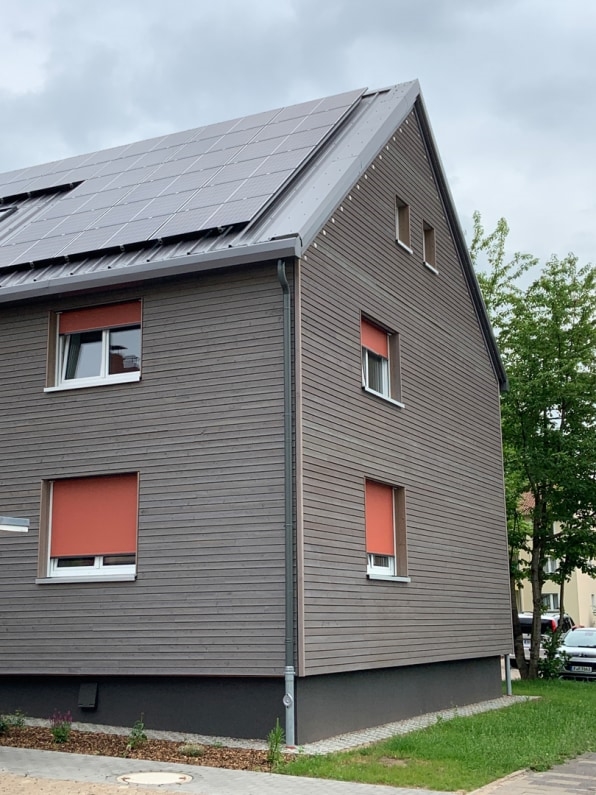
The startup uses AI to identify the buildings that are the best fit for its approach—it’s easiest to work with simple, block-like apartment complexes. But it plans to later expand to schools and eventually single-family homes, and begin working in other countries. There’s no way to meet the global challenge in time, Heisenberg says, without moving away from traditional construction. “You really need technology to solve that problem.”
Fast Company , Read Full Story
(35)

